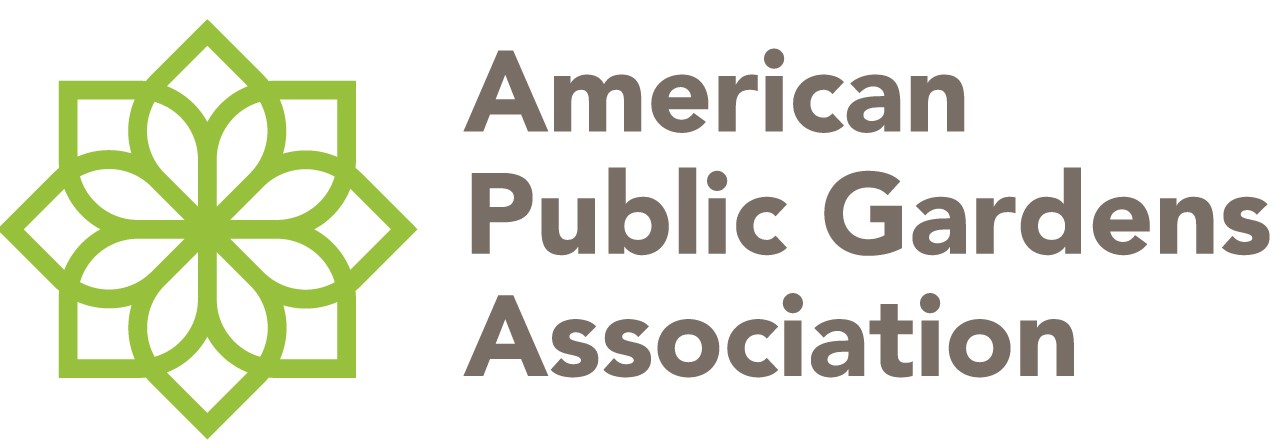Vacant to Vibrant Program for Green Infrastructure and Urban Revitalization
Supported by the Great Lakes Protection Fund, Vacant to Vibrant is working to renovate vacant parcels of land in neighborhoods in Cleveland, Ohio, Gary, Indiana and Buffalo, New York. Vacant to Vibrant will examine the effectiveness of vacant land treatments to improve the ecological and social health of urban Great Lakes communities. The program prioritizes neighborhoods based on two main factors: their need for stormwater management, which might be demonstrated by persistent problems with flooding, water quality issues, or combined sewer overflow volume and their demonstrated needs for neighborhood stabilization, which are seen in potential or real investment in housing stock, demolition, vacant land reuse, and development of community resources.
Vacant urban land is abundant in Cleveland and other cities that have experienced a lot of localized depopulation. In these cities, hundreds or thousands of acres of vacant lots are lying fallow. Some of this vacant land is perfect for green infrastructure to manage stormwater. Many U.S. cities have old sewer infrastructure that cannot keep up with modern demands and increasingly volatile precipitation patterns. In Cleveland, there are combined sewer systems, where sanitary and stormwater flow is conveyed in the same pipes. During large rain or snowmelt events, these pipes become overwhelmed with water volume. Rather than allowing water treatment facilities or residents’ basements to flood, during times of heavy flow these systems discharge untreated water directly into rivers and Lake Erie. There is a lot of local effort to reduce this volume (currently approximately 6 billion gallons of discharge per year) via a combination of sewer infrastructure updates. Green infrastructure is one method to slow or divert the entry of stormwater into the sewer system during rain or snowmelt events using plants and engineered soils.
Vacant to Vibrant Project partners are diverse—they include community non-profits, academic institutions, local government, and federal agencies. The diversity of focus and scale is important so that partners all provide unique contributions and perspectives to projects. Vacant to Vibrant is just one among a wide variety of approaches that are needed to turn these cities around. Within decades, programs like these can bring space in Great Lakes cities into high demand. The Lakes themselves are a big asset. Improving water quality, equal access to rivers and lakes for all residents, and environmental stewardship are all smart investments in the future of these cities.



